Tareq Tayeh
Similarity-Based Predictive Maintenance Framework for Rotating Machinery
Dec 30, 2022



Abstract:Within smart manufacturing, data driven techniques are commonly adopted for condition monitoring and fault diagnosis of rotating machinery. Classical approaches use supervised learning where a classifier is trained on labeled data to predict or classify different operational states of the machine. However, in most industrial applications, labeled data is limited in terms of its size and type. Hence, it cannot serve the training purpose. In this paper, this problem is tackled by addressing the classification task as a similarity measure to a reference sample rather than a supervised classification task. Similarity-based approaches require a limited amount of labeled data and hence, meet the requirements of real-world industrial applications. Accordingly, the paper introduces a similarity-based framework for predictive maintenance (PdM) of rotating machinery. For each operational state of the machine, a reference vibration signal is generated and labeled according to the machine's operational condition. Consequentially, statistical time analysis, fast Fourier transform (FFT), and short-time Fourier transform (STFT) are used to extract features from the captured vibration signals. For each feature type, three similarity metrics, namely structural similarity measure (SSM), cosine similarity, and Euclidean distance are used to measure the similarity between test signals and reference signals in the feature space. Hence, nine settings in terms of feature type-similarity measure combinations are evaluated. Experimental results confirm the effectiveness of similarity-based approaches in achieving very high accuracy with moderate computational requirements compared to machine learning (ML)-based methods. Further, the results indicate that using FFT features with cosine similarity would lead to better performance compared to the other settings.
An Attention-based ConvLSTM Autoencoder with Dynamic Thresholding for Unsupervised Anomaly Detection in Multivariate Time Series
Jan 23, 2022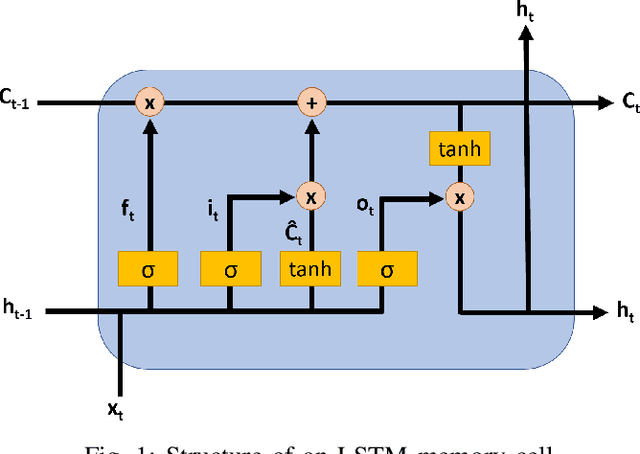
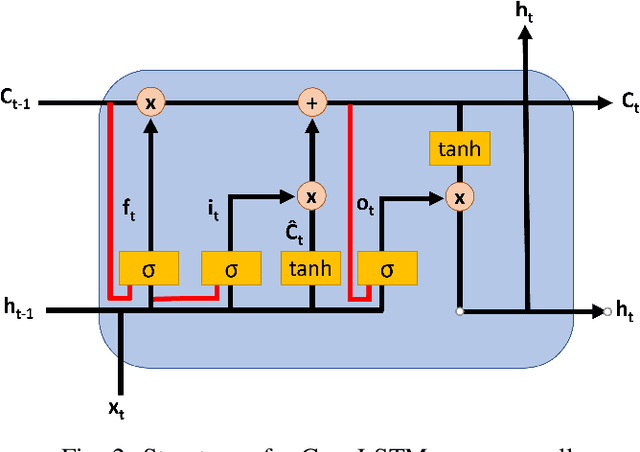
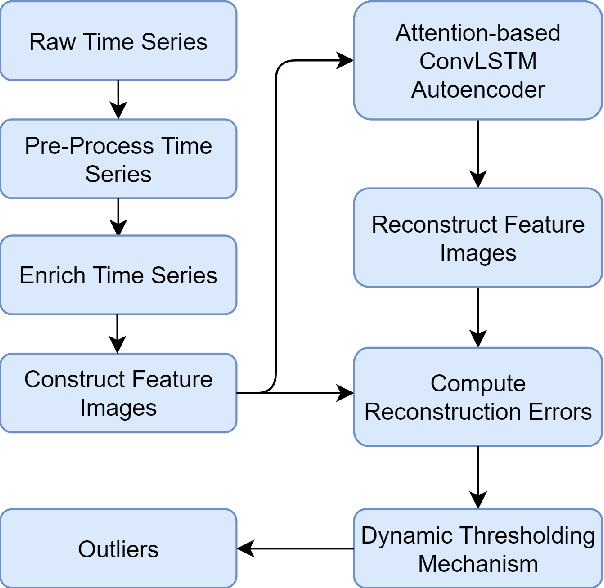
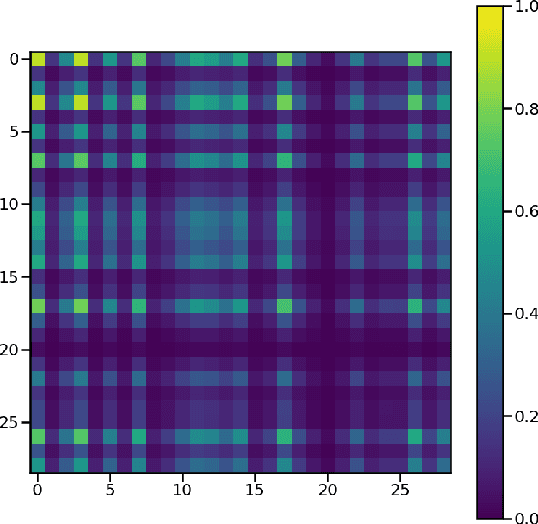
Abstract:As a substantial amount of multivariate time series data is being produced by the complex systems in Smart Manufacturing, improved anomaly detection frameworks are needed to reduce the operational risks and the monitoring burden placed on the system operators. However, building such frameworks is challenging, as a sufficiently large amount of defective training data is often not available and frameworks are required to capture both the temporal and contextual dependencies across different time steps while being robust to noise. In this paper, we propose an unsupervised Attention-based Convolutional Long Short-Term Memory (ConvLSTM) Autoencoder with Dynamic Thresholding (ACLAE-DT) framework for anomaly detection and diagnosis in multivariate time series. The framework starts by pre-processing and enriching the data, before constructing feature images to characterize the system statuses across different time steps by capturing the inter-correlations between pairs of time series. Afterwards, the constructed feature images are fed into an attention-based ConvLSTM autoencoder, which aims to encode the constructed feature images and capture the temporal behavior, followed by decoding the compressed knowledge representation to reconstruct the feature images input. The reconstruction errors are then computed and subjected to a statistical-based, dynamic thresholding mechanism to detect and diagnose the anomalies. Evaluation results conducted on real-life manufacturing data demonstrate the performance strengths of the proposed approach over state-of-the-art methods under different experimental settings.
Anomaly Detection in Smart Manufacturing with an Application Focus on Robotic Finishing Systems: A Review
Jul 13, 2021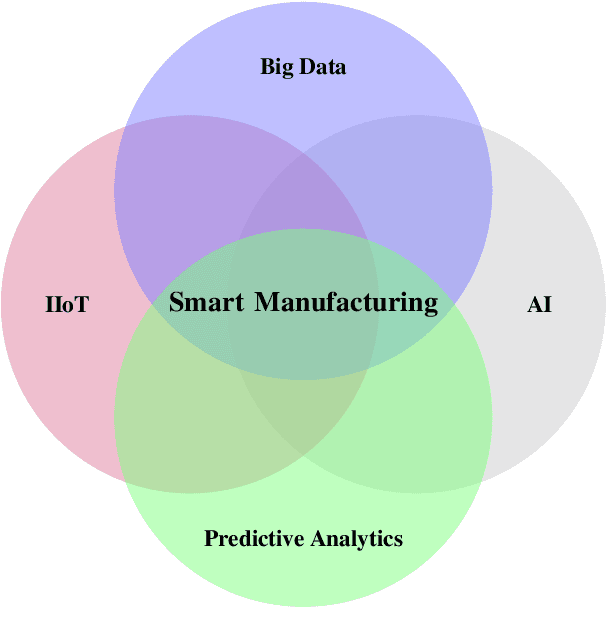
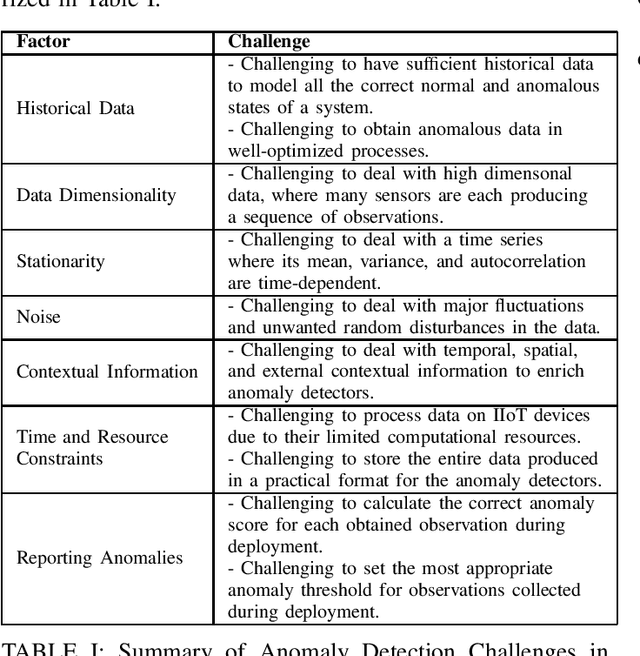

Abstract:As systems in smart manufacturing become increasingly complex, producing an abundance of data, the potential for production failures becomes increasingly more likely. There arises the need to minimize or eradicate production failures, one of which is by means of anomaly detection. However, with the deployment of anomaly detection systems, there are many aspects to be considered. In this paper, an overview of the components, benefits, challenges, methods, and open problems of anomaly detection in smart manufacturing and robotic finishing systems are discussed.
A Transfer Learning Framework for Anomaly Detection Using Model of Normality
Nov 12, 2020

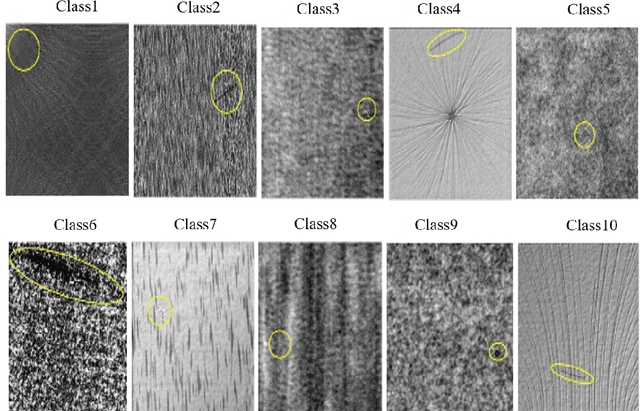
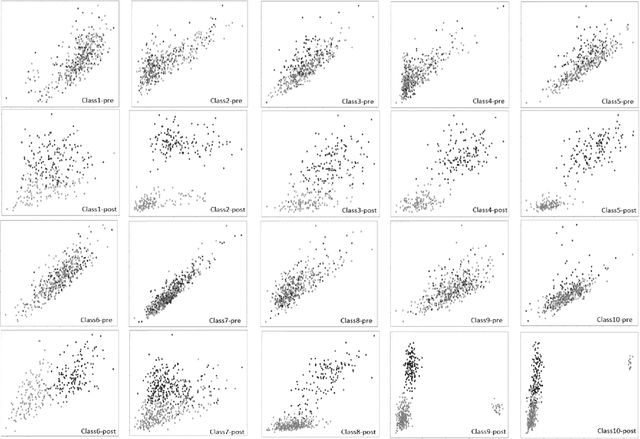
Abstract:Convolutional Neural Network (CNN) techniques have proven to be very useful in image-based anomaly detection applications. CNN can be used as deep features extractor where other anomaly detection techniques are applied on these features. For this scenario, using transfer learning is common since pretrained models provide deep feature representations that are useful for anomaly detection tasks. Consequentially, anomaly can be detected by applying similarly measure between extracted features and a defined model of normality. A key factor in such approaches is the decision threshold used for detecting anomaly. While most of the proposed methods focus on the approach itself, slight attention has been paid to address decision threshold settings. In this paper, we tackle this problem and propose a welldefined method to set the working-point decision threshold that improves detection accuracy. We introduce a transfer learning framework for anomaly detection based on similarity measure with a Model of Normality (MoN) and show that with the proposed threshold settings, a significant performance improvement can be achieved. Moreover, the framework has low complexity with relaxed computational requirements.
Distance-Based Anomaly Detection for Industrial Surfaces Using Triplet Networks
Nov 10, 2020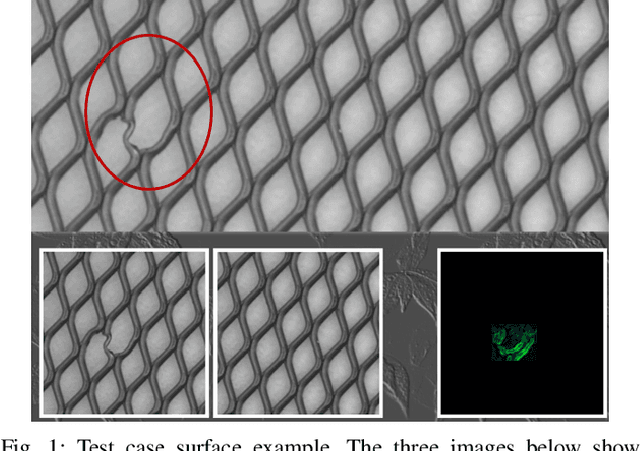
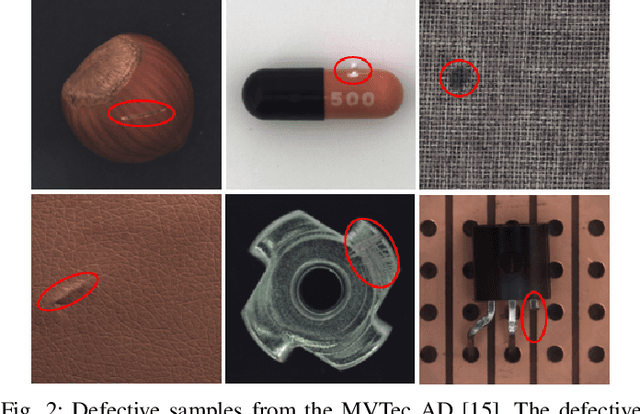
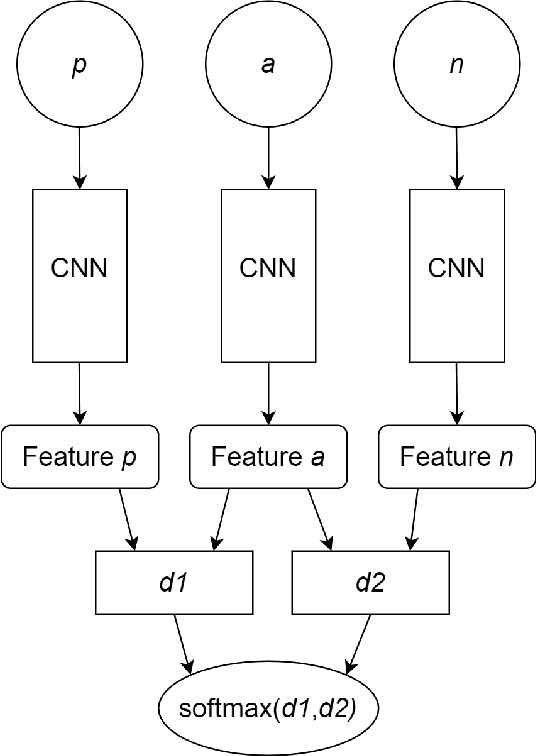
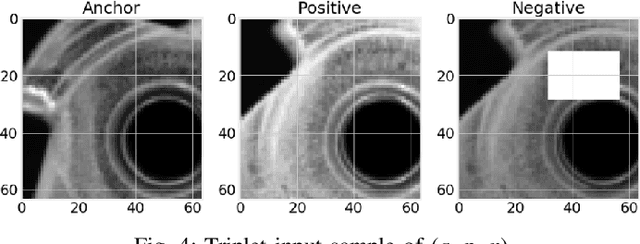
Abstract:Surface anomaly detection plays an important quality control role in many manufacturing industries to reduce scrap production. Machine-based visual inspections have been utilized in recent years to conduct this task instead of human experts. In particular, deep learning Convolutional Neural Networks (CNNs) have been at the forefront of these image processing-based solutions due to their predictive accuracy and efficiency. Training a CNN on a classification objective requires a sufficiently large amount of defective data, which is often not available. In this paper, we address that challenge by training the CNN on surface texture patches with a distance-based anomaly detection objective instead. A deep residual-based triplet network model is utilized, and defective training samples are synthesized exclusively from non-defective samples via random erasing techniques to directly learn a similarity metric between the same-class samples and out-of-class samples. Evaluation results demonstrate the approach's strength in detecting different types of anomalies, such as bent, broken, or cracked surfaces, for known surfaces that are part of the training data and unseen novel surfaces.
 Add to Chrome
Add to Chrome Add to Firefox
Add to Firefox Add to Edge
Add to Edge